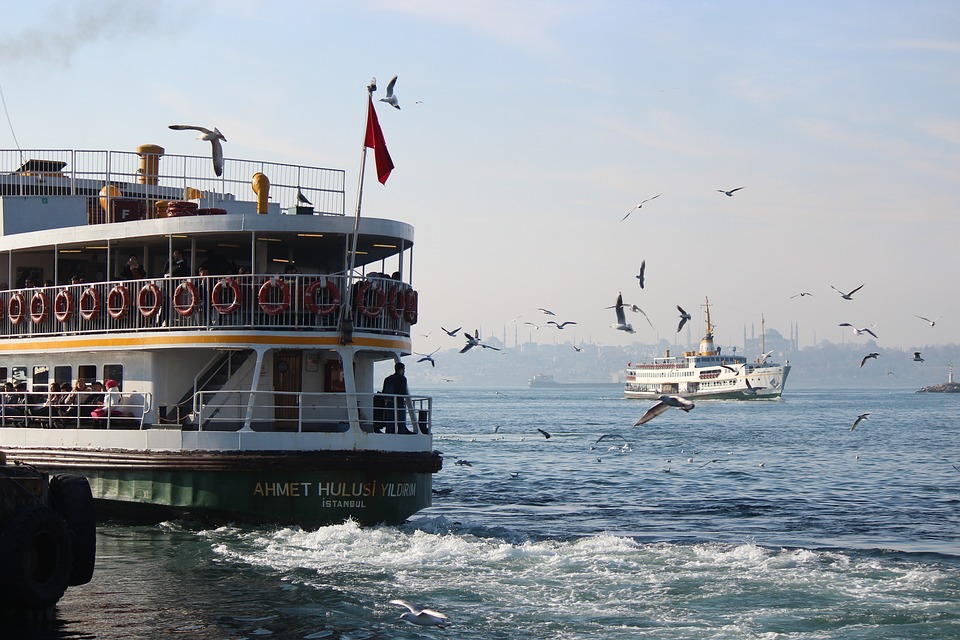
Which countries are suitable for carrying out the wholesale agency business of tents?
According to the global outdoor product consumption data in 2024,The European and American markets are still the main demand areas for tent products, and the annual growth rate of camping products in Germany and France reaches 12%. Among emerging markets, due to the recovery of the tourism industry in Thailand and Vietnam in Southeast Asia, the procurement volume of hotels and resorts has increased by 23% year - on - year. When choosing a market, consider:
- The import tariff structure of the target country (for example, the United States levies a 6.5% basic tariff on tent products under HS 6306)
- The local competitive landscape (the market share of professional outdoor brands in Europe reaches 58%)
- Climate characteristics (in Northern Europe, wind and snow protection performance is emphasized; in the Middle East, the UPF50+ sun protection standard is required)
What international certifications must be obtained for exporting tents?
The core certification systems include:
- EU CE certificationThe new version of the EN 5912:2024 safety standard for camping equipment has added the requirement for wind resistance level testing
- US CPSC certificationFocus on flame retardant performance (16 CFR 1632 standard)
- REACH RegulationFrom January, 2025, a list of 4 additional restricted chemical substances has been added
- Additional requirements for special markets: GCC certification for Gulf countries, Japanese PSE mark
How to design the optimal logistics plan to reduce transportation costs?
The canopy product featuresThe characteristics of a high volume - weight ratio, and it is recommended to adopt:A combination of less - than - container - load (LCL) and full - container - load (FCL) for sea transportation
- LCL (Less than Container Load) and FCL (Full Container Load) combined solution
- The LCL freight rate is 30% lower than that of FCL, but the cost of reinforced packaging needs to be increased
- For the EU region, it is preferred to choose the combination of customs clearance at the Port of Rotterdam and land transportation by the China - Europe freight train
- Insure with CIC clauses (Institute Cargo Clauses) to cover the risks of the entire transportation process
- Three - level evaluation system
How to screen qualified tent production suppliers?
Proposal to establishBasic qualification review:
- ISO 9001:2015 Quality Management System certification
- BSCI Social Responsibility Audit Report
- Production capacity verification
- Check the UV aging test equipment (complies with AATCC 16 standard)
- Confirm the JIT production cycle control ability of the sewing workshop
- Sample testing
- Tear resistance strength ≥ 35N (EN ISO 13937-2 standard)
- Waterproof pressure ≥ 3000mm (JIS L1092 testing method)
- Risk hierarchical management
How to avoid payment risks in international trade?
Recommended to adoptFor new customers, 30% advance payment + 70% payment against the bill of lading copy is adoptedThe tactic:
- Strategic customers can apply for a 90 - day credit limit of OA from Sinosure
- For large - value orders, it is recommended to use the D/P (documents against payment) method
- The bank handling fee is about 0.1%, with a minimum of USD80 per transaction
- Bank handling fee approximately 0.1% with a minimum of USD80 per transaction
- The Incoterms?2025 terms shall be clearly stated in the sales contract.
- Be vigilant against the risks of soft terms in letters of credit from countries such as Bangladesh and Pakistan.
What are the new changes in international trade compliance in 2025?
Special attention should be paid to:
- The second phase of the EUs Carbon Border Adjustment Mechanism (CBAM) is extended to textiles.
- For the production of the canopy, emission data per ton of CO2 equivalent shall be provided.
- The United States updates the HTSUS code.
- A new sub - item 2.3100 dedicated to the canopy is added in 6306.9.
- The ASEAN rules of origin are adjusted.
- The Regional Value Content (RVC) standard is increased from 40% to 45%.


 Follow Customer Service WeChat
Follow Customer Service WeChat